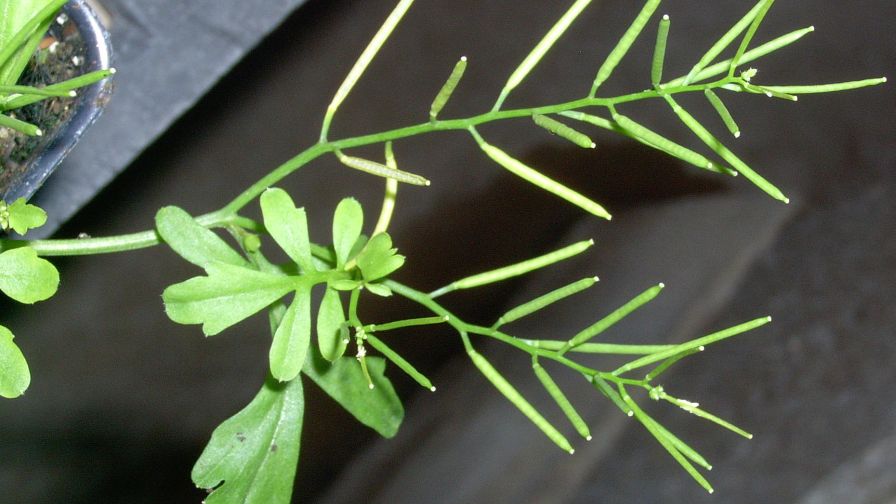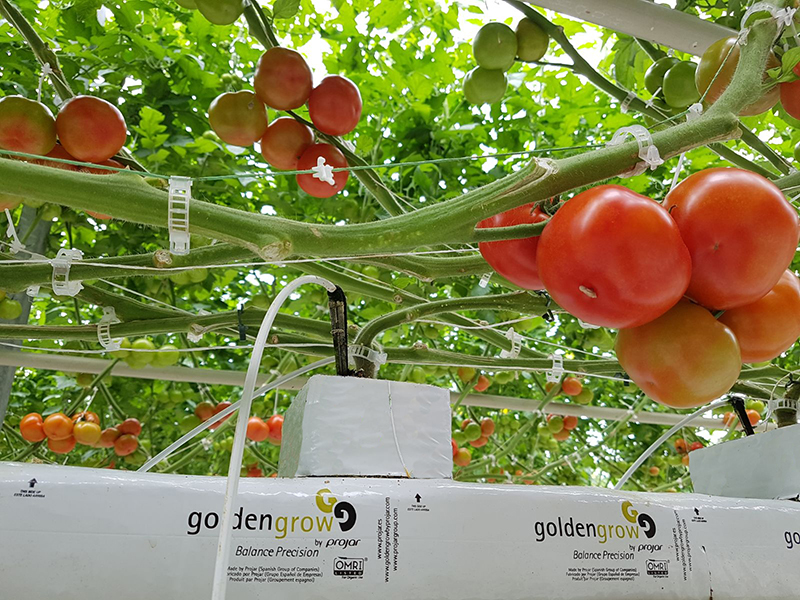Tips on Winter and Spring Control of a Common Greenhouse Weed

Photo: Michigan State University
Hairy bittercress (Cardamine hirsuta L.) is an important weed species of container nurseries and greenhouse operations. It is an annual or biennial, dicotyledonous plant that belongs to the family Brassicaceae. It is native to the areas of Europe and Asia, but has established itself worldwide.
Hairy bittercress has been introduced throughout many parts of the U.S. It is known by different common names such as spring cress, lamb’s cress, winter bittercress, hairy cress, flick weed, wood cress, and popping cress. It is a winter weed but may appear throughout the year in greenhouses because of favorable growing conditions and continuous irrigation availability.
In addition to its common weediness, hairy bittercress is also known to be a host of many nursery insects such as mites and whiteflies and various pathogens of nursery plants. In e recent e-GRO alert from Michigan State University’s Debalina Saha and Manjot Kaur Sidhu, growers can learn how to identify and manage it in their greenhouses.
For example, when it comes to non-chemical control, prevention is the first step to control weeds in ornamental crop production inside greenhouses. It is important to use weed-free substrates/media, inspect new shipment of plant materials and containers to prevent introduction of new weed infestations, and maintain proper irrigation inside the greenhouses. Reducing irrigation for container production is not recommended; rather, adequate amount of irrigation need to be applied (while avoiding over-irrigation) as hairy bittercress prefers moisture.
Sanitation is critical for hairy bittercress control in greenhouse ornamental production. Ensure that reused containers are washed and cleaned thoroughly to reduce bittercress contamination in containers. Coarse textured mulches such as pine bark can be applied to containers at a depth of about 2 inches or more, in order to avoid bittercress seed germination.
Due to its extensive seed spread at later stages, it is important to control the hairy bittercress at early stages by keeping a regular check in the greenhouses and containers. Hand weed young plants before they reach flowering stage. Remove the pulled plant parts from the area and dispose immediately, as they are resilient in nature.
Learn more in the complete e-GRO alert.









